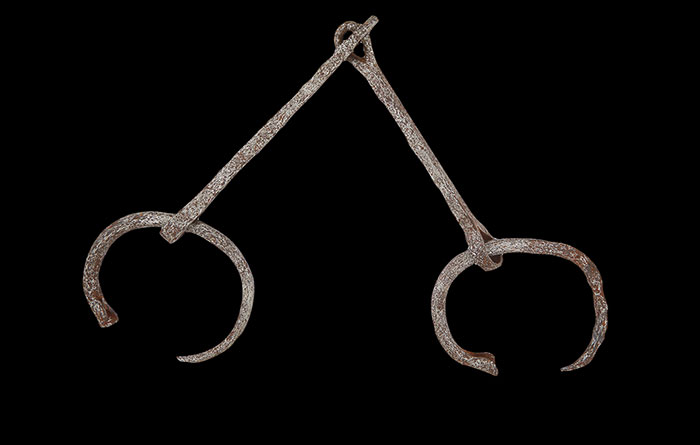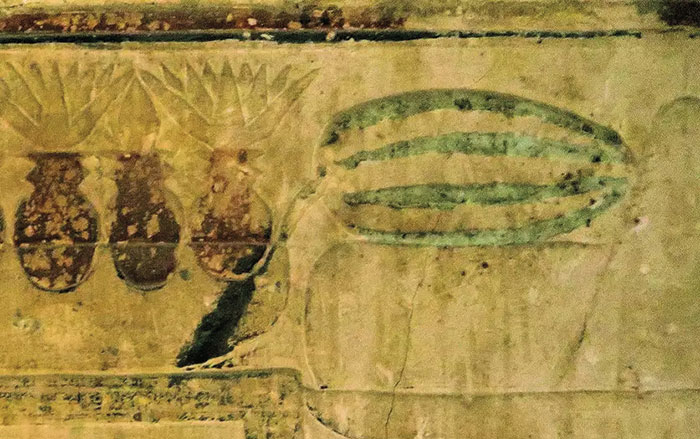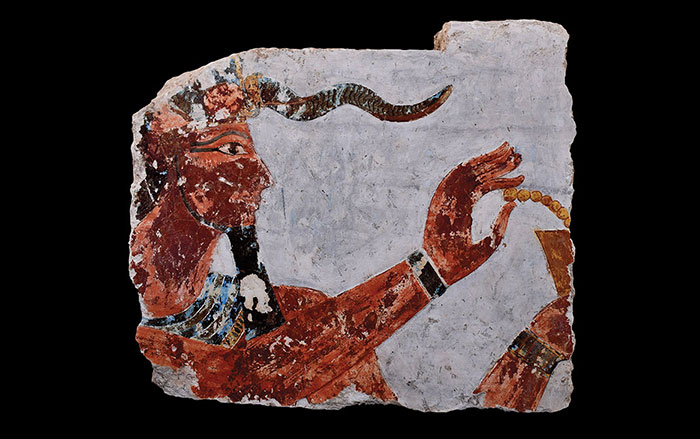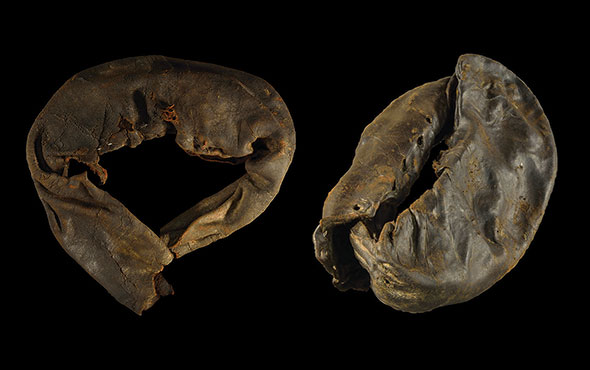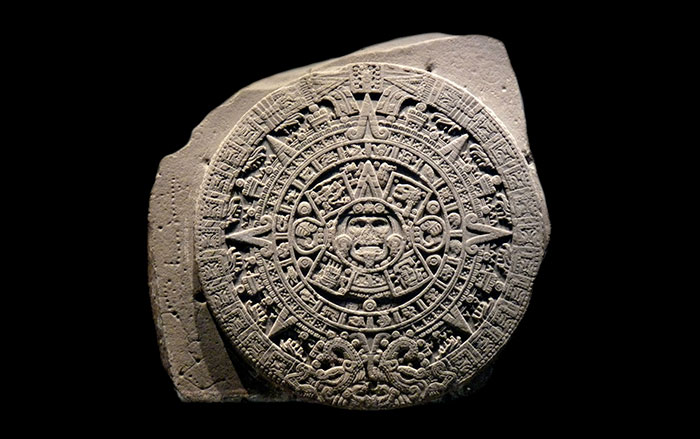
COPENHAGEN, DENMARK—Science Nordic reports than an international team of researchers is translating previously unpublished ancient Egyptian texts in the collections of the University of Copenhagen. Egyptologist Kim Ryholt said the topics of the works include medicine, botany, astronomy, and astrology, and are likely to contribute to scholars’ understanding of the history of science, since Egyptian ideas spread to Greece, Rome, and the Middle East. The kidneys, eye diseases, and pregnancy are among the topics covered in medical texts investigated by the researchers so far. One 3,500-year-old papyrus prescribes a method of determing the sex of an unborn child. “The text says that a pregnant woman should pee into a bag of barley and a bag of wheat,” explained Sofie Schiødt of the University of Copenhagen. “Depending on which bag sprouts first reveals the sex of her child. And if neither of the bags sprout then she wasn’t pregnant.” A similar pregnancy test has been found in German folklore dated to 1699. “That really puts things into perspective,” Schiødt said, “as it shows that the Egyptian ideas have left traces thousands of years later.” To read about a recently translated religious text from Egypt, go to “Divine Invitation.”


